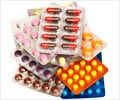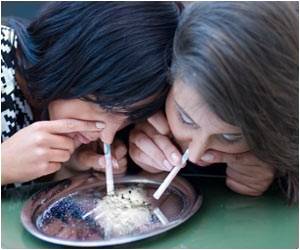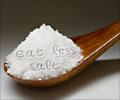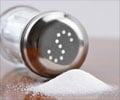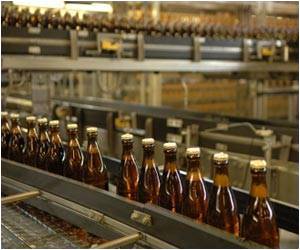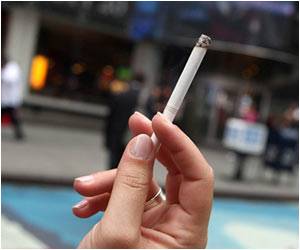Bath salts have gained popularity among recreational drug users and act in the brain like cocaine, reveals study.

In October 2011, the U.S. Drug Enforcement Administration placed mephedrone on Schedule 1 of the Controlled Substances Act for one year, pending further study. "Basically, the DEA was saying we don't know enough about these drugs to know how potentially dangerous they could be, so we're going to make them maximally restricted, gather more data, and then come to a more reasoned decision as to how we should classify these compounds," said C.J. Malanga, MD, PhD, associate professor of neurology, pediatrics and psychology at the University of North Carolina School of Medicine. He is also a member of the UNC's Bowles Center for Alcohol Studies.
Now, results of a new study led by Malanga offer compelling evidence for the first time that mephedrone, like cocaine, does have potential for abuse and addiction. "The effects of mephedrone on the brain's reward circuits are comparable to similar doses of cocaine," he said. "As expected our research shows that mephedrone likely has significant abuse liability."
A report of the study was published online on June 21, 2012 by the journal Behavioural Brain Research. The report's first author and MD/PhD student at UNC J. Elliott Robinson points out that mephedrone and other potentially addictive stimulants "inappropriately activate brain reward circuits that are involved in positive reinforcement. These play a role in the drug 'high' and compulsive drug taking."
The study of laboratory mice used intracranial self-stimulation (ICSS), a technique developed in the 1950s that can measure a drug's ability to activate reward circuits. In ICSS studies, animals are trained to perform a behavioral task (pressing a lever or a button with their nose or, as in this study, spinning a wheel) to receive a reward: direct stimulation of the brain pathways involved in reward perception.
During the study, adult animals were implanted with brain stimulating electrodes. Measures of their wheel spinning effort were made before, during and after they received various doses of either mephedrone or cocaine.
Advertisement
Indeed, as was expected, cocaine increased the ability of mice to be rewarded by self-stimulation. "And what we found, which is new, is that mephedrone does the same thing. It increases the rewarding potency of ICSS just like cocaine does. "
Advertisement
Source-Eurekalert


